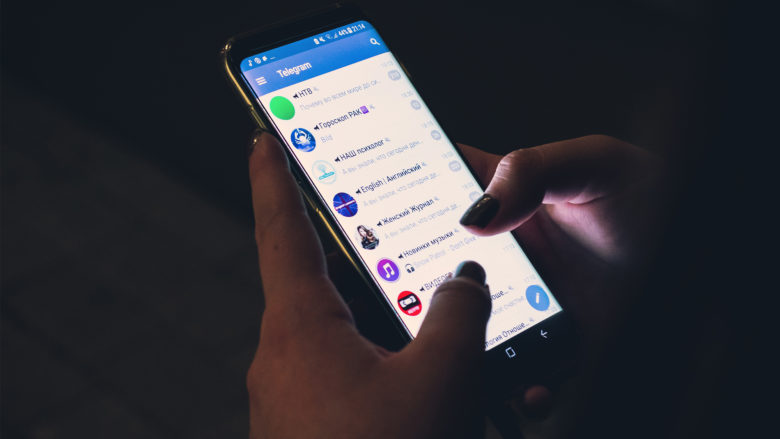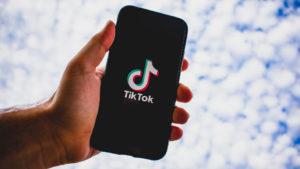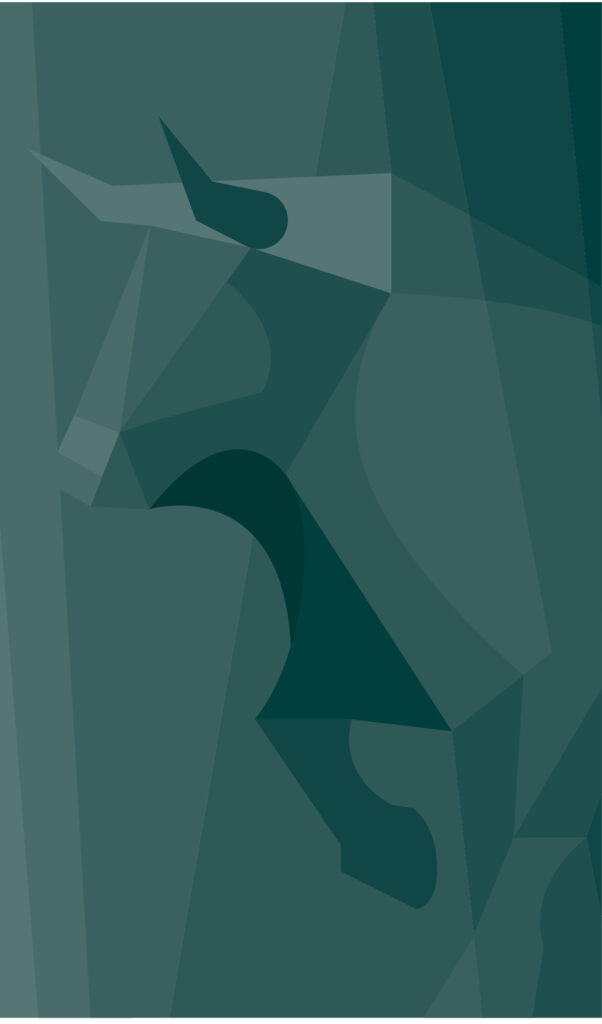Messaging-App Telegram soll 2021 teilweise kostenpflichtig werden

Hin und wieder wendet sich der Telegram-Gründer Pavel Durow in seinem eigenen Telegram-Channel an seiner Leser, um etwa Apple zu bashen oder Lebensweisheiten von sich zu geben. Einen Tag vor Weihnachten meldet er sich nun mit einer ganz speziellen Botschaft an die User, die bald die Marke von 500 Millionen erreichen werden.
Bisher habe er selbst die Kosten für den Betrieb von Telegram getragen, doch das gehe sich in Zukunft nicht mehr aus. „Mehr Nutzer bedeuten auch mehr Ausgaben für Traffic und Server. Ein Projekt unserer Größe braucht mindestens ein paar hundert Millionen Dollar pro Jahr, um am Laufen zu bleiben“, so Durow. Der russische Internet-Unternehmer hat beim Verkauf seiner Anteile an Vkontakte, dem russischen Facebook, vermutlich viel Geld gemacht, das er dann in den WhatsApp-Konkurrenten Telegram investierte.
Derzeit ist Telegram noch komplett kostenlos – doch das soll sich teilweise ändern. „Alle Funktionen, die derzeit kostenlos sind, werden kostenlos bleiben. Wir werden einige neue Funktionen für Business-Teams oder Power-User hinzufügen“, so Durow. „Einige dieser Funktionen werden mehr Ressourcen benötigen und von diesen Premium-Anwendern bezahlt werden. Normale Nutzer werden Telegram weiterhin genießen können – kostenlos, für immer.“ Welche Business-Funktionen das sein werden, bleibt abzuwarten. WhatsApp etwa gibt Shop-Betreibern die Möglichkeit, Kundenkommunikation gegen Gebühr abzuwickeln – gut möglich, dass Telegram in eine ähnliche Richtung gehen wird.
Werbung in reichweitenstarken Kanälen kommt
Und: bei Telegram wird es in absehbarer Zeit auch Werbung geben. Zwar nicht in den privaten Chats mit Freunden, sehr wohl aber in den größeren Kanälen, die viele Unternehmen und Prominente betreiben. Laut Durow würde dort bereits oft Werbung gezeigt werden, aber auf für Nutzer unfreundliche Art und Weise. „Die Anzeigen, die sie schalten, sehen aus wie normale Nachrichten und sind oft aufdringlich. Wir werden dies beheben, indem wir unsere eigene Anzeigenplattform für öffentliche One-to-Many-Kanäle einführen – eine, die benutzerfreundlich ist, die Privatsphäre respektiert und uns erlaubt, die Kosten für Server und Traffic zu decken“, so Durow.
Auch besteht die Möglichkeit, dass manche Sticker-Sets kostenpflichtig werden. Diese sind bei Telegram als Ausdrucksmittel neben Emojis und GIFs sehr beliebt. Künftig könnte sich Telegram Einnahmen aus dem Bereich mit den Künstlern, die die Sticker entwerfen, teilen.
Das Telegram nun Geld über ein Freemium-Modell sowie über Werbung verdienen will, überrascht nicht. 2018 hat das Unternehmen die Arbeit an einem Blockchain-basierten Netzwerk begonnen, wo ein so genannter GRAM-Token als Bezahlungsmittel eingeführt hätte werden sollen. Doch nach einem Rechtsstreit mit der US-Börsenaufsicht SEC musste Durow die Pläne auf Eis legen und mehr als eine Milliarde Dollar, die beim Verkauf der Token an Investoren eingenommen wurde, zurückzahlen. Nun wird auf eher klassischem Weg versucht, ein funktionierendes Geschäftsmodell einzuführen.
Telegram stellt Blockchain-Projekt und den GRAM-Token komplett ein
Hier das komplette Schreiben von Telegram-Mitgründer Pavel Durow.
As Telegram approaches 500 million active users, many of you are asking the question – who is going to pay to support this growth? After all, more users mean more expenses for traffic and servers. A project of our size needs at least a few hundred million dollars per year to keep going.
For most of Telegram’s history, I paid for the expenses of the company from my personal savings. However, with its current growth Telegram is on track to reach billions of users and to require appropriate funding. When a tech project reaches this scale, typically there are two options – start earning money to cover the costs, or sell the company.
Hence the question – which path will Telegram take? I’d like to make a few points to clarify our plan:
1. We are not going to sell the company like the founders of Whatsapp. The world needs Telegram to stay independent as a place where users are respected and high-quality service is ensured. Telegram must continue to serve the world as an example of a tech company that strives for perfection and integrity. And, as the sad examples of our predecessors show, that is impossible if you become part of a corporation.
2. Telegram is here to stay for a long time. We began developing our apps for our personal use over 8 years ago and have come a long way since then. In the process, Telegram changed the way people communicate in several aspects – encryption, functionality, simplicity, design, speed. This journey has just started. There’s much more we can – and will – bring to the world.
3. In order to make points 1 and 2 possible, Telegram will begin to generate revenue, starting next year. We will do it in accordance with our values and the pledges we have made over the last 7 years. Thanks to our current scale, we will be able to do it in a non-intrusive way. Most users will hardly notice any change.
4. All the features that are currently free will stay free. We will add some new features for business teams or power users. Some of these features will require more resources and will be paid for by these premium users. Regular users will be able to keep enjoying Telegram – for free, forever.
5. All parts of Telegram devoted to messaging will remain ad-free. We think that displaying ads in private 1-to-1 chats or group chats is a bad idea. Communication between people should be free of advertising of any sort.
6. In addition to its messaging component, Telegram has a social networking dimension. Our massive public one-to-many channels can have millions of subscribers each and are more like Twitter feeds. In many markets the owners of such channels display ads to earn money, sometimes using third-party ad platforms. The ads they post look like regular messages, and are often intrusive. We will fix this by introducing our own Ad Platform for public one-to-many channels – one that is user-friendly, respects privacy and allows us to cover the costs of servers and traffic.
7. If Telegram starts earning money, the community should also benefit. For example, If we monetize large public one-to-many channels via the Ad Platform, the owners of these channels will receive free traffic in proportion to their size. Or, if Telegram introduces premium stickers with additional expressive features, the artists who make stickers of this new type will also get a part of the profit. We want millions of Telegram-based creators and small businesses to thrive, enriching the experience of all our users.
This is the Telegram way.
It will allow us to keep innovating and keep growing for decades to come. We will be able to launch countless new features and welcome billions of new users. While doing that, we will remain independent and stay true to our values, redefining how a tech company should operate.





























